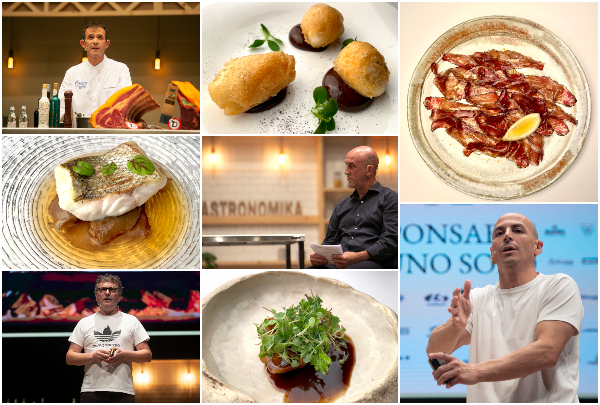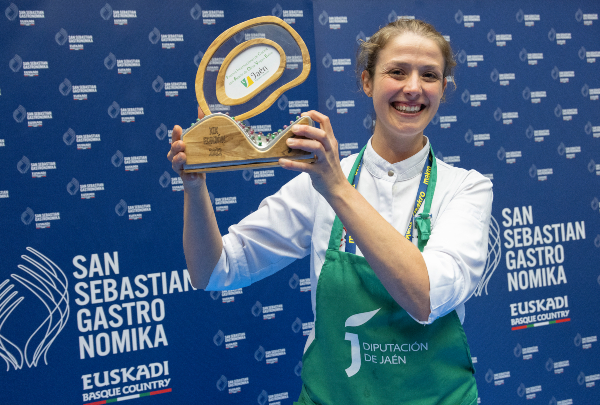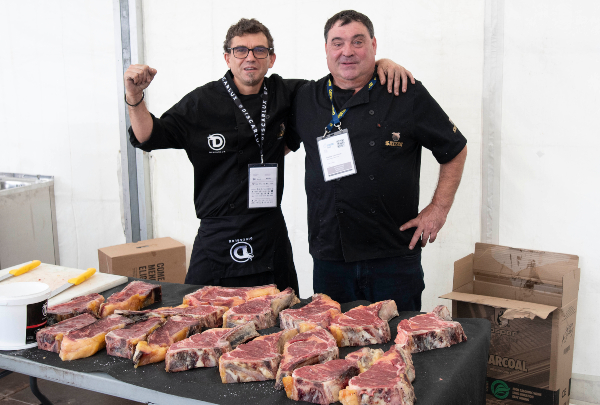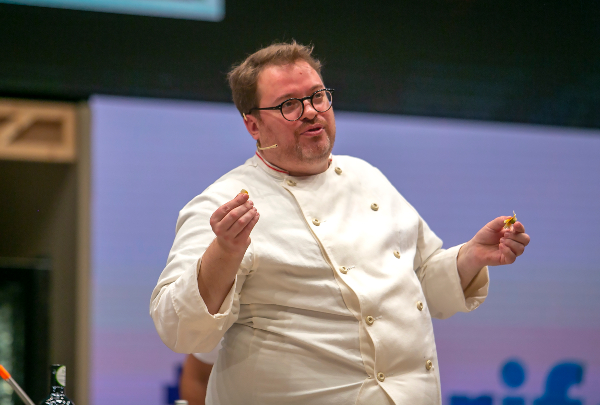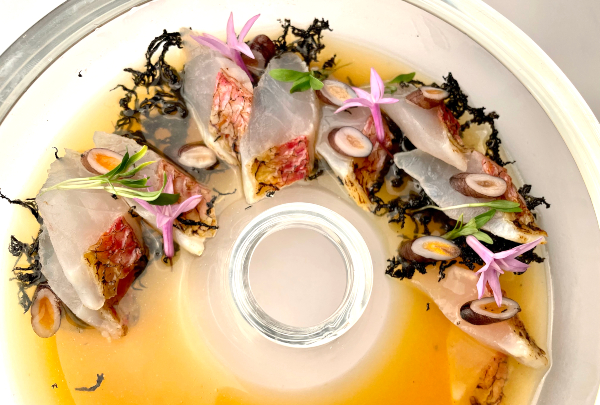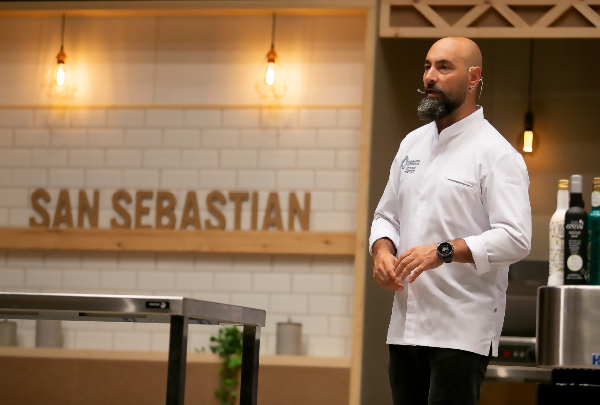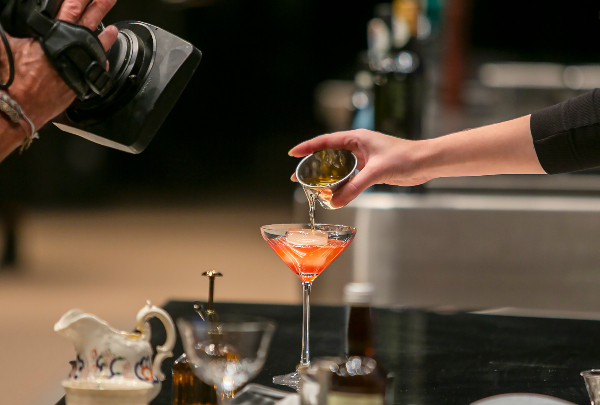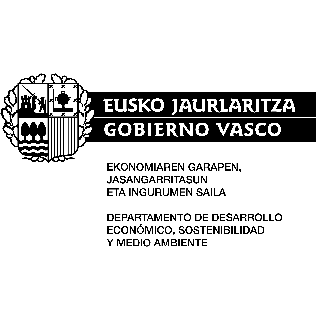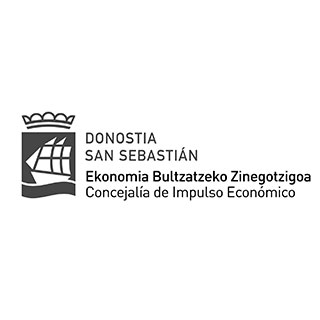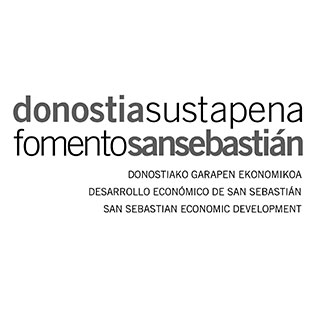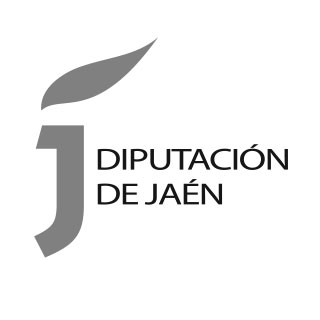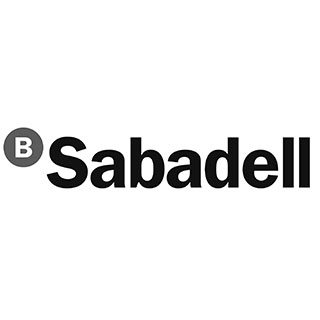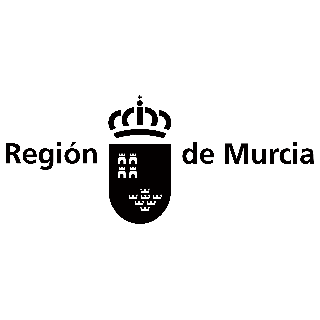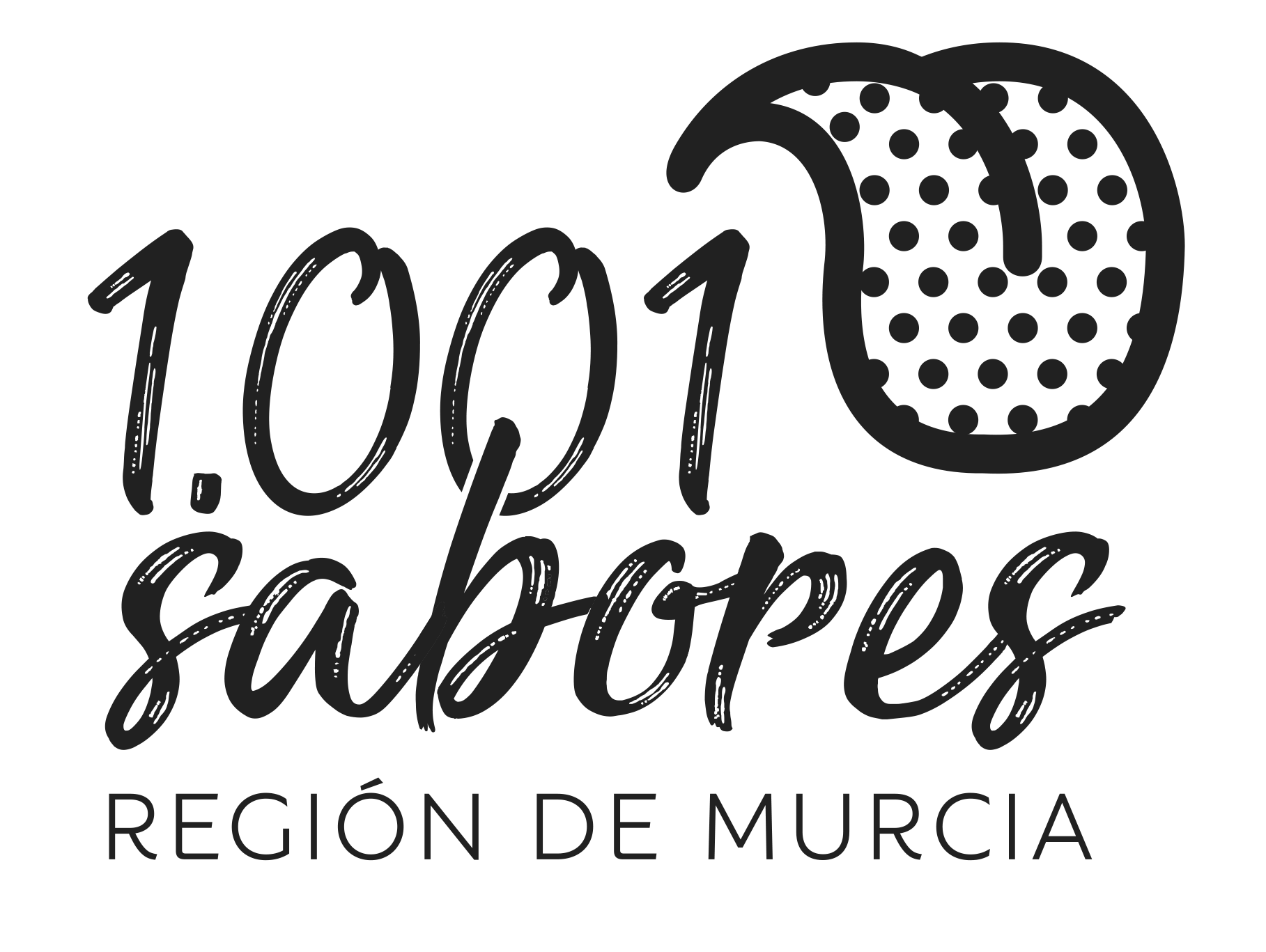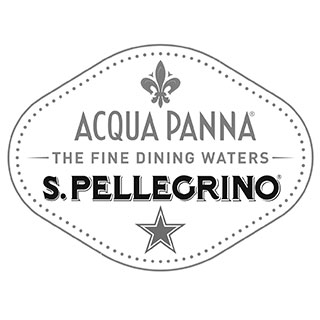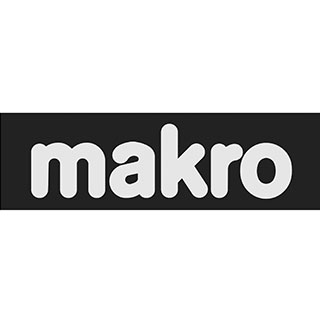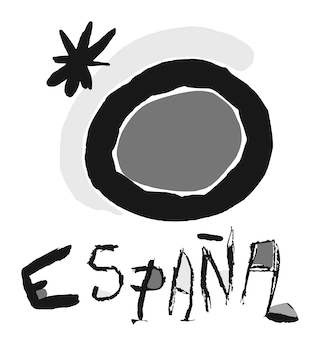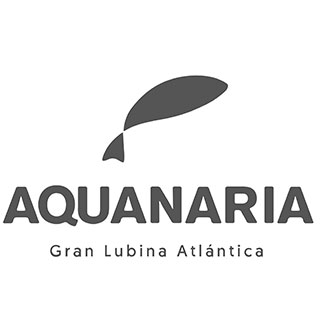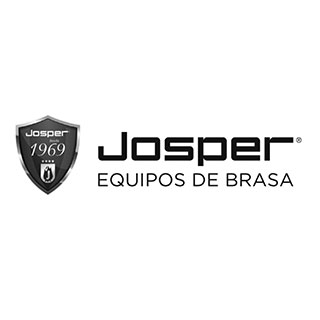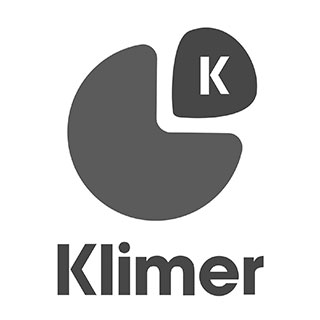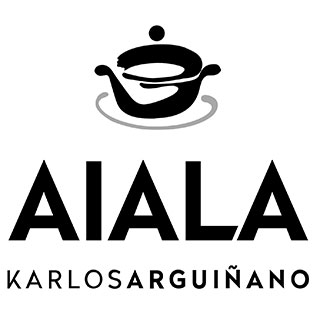News
Product is the main focus of the first talks at San Sebastian Gastronomika
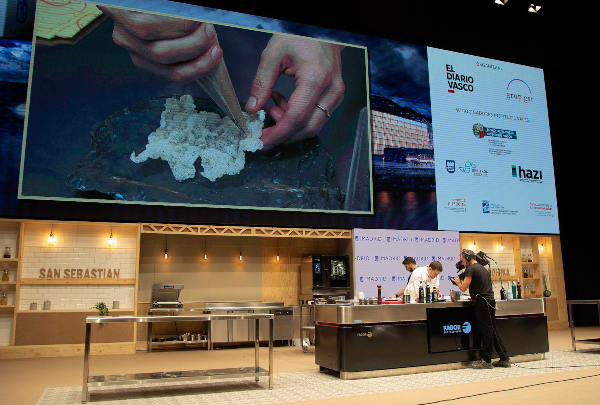
The morning talks kick off with the vision of three restaurants in different autonomous communities in Spain where the product is the main feature on the menu. In Cambrils, the Michelin-starred Rincón de Diego points out how important it is on his current menu; in Ponferrada, Samuel Naveira shows how he works on sea bass - Aquanaria- at his restaurant, and in Madrid Javi Estévez demonstrates the versatility of beef tendon.
Rubén Campos, the next generation at El Rincón de Diego (Cambrils, Tarragona), takes the stage to show the congress the fare available on the restaurant's sampling menu Summum. “We will find some new and rather risky recipes on this menu, maybe even a little roguish. It's a metaphor between tradition and innovation - in fact, between my parents' cooking and my own", explains the chef.
After ten years travelling around Japan, China, Thailand, Singapore, Bali and Russia, and cooking stints at ABaC, Arzak and El Celler de Can Roca, Rubén went back to his parents' restaurant, where he grew up and took his first culinary steps. The Summum sampling menu is the result of that culinary trajectory, featuring foreign techniques and ingredients that combine with the local produce of Cambrils. “Cambrils is a seaside town with a huge gastronomic tradition, autochthonous produce and local cuisine. El Rincón de Diego was opened forty years ago by Diego Campos and Montserrat. And our cooking is influenced and inspired by that tradition".
The chef confesses that the kind of cuisine which defines him is cooking with local produce such as crayfish, grouper and romesco, to cite a few, with ingredients and techniques from other climes.
Their recipes - the most complicated with the assistance of audiovisual equipment are: Steamed eel brandade with caviar; Grilled tomato and langostino tartare; Tarragona squid and prawn cannelloni on blue algae dashi; Lobster and scallop chili crab; Grouper with Jerusalem artichoke, Cambrils crayfish and Thai romesco sauce and oven-roasted suckling pig, in three parts, head, trotters and bones.
Towards El Bierzo, personal cuisine in a unique environment
From Cambrils we go to Ponferrada, specifically El Bierzo, where we find Samuel Naveira, the next chef on stage. Five years ago he realised his dream of opening his own restaurant Mu.Na, with one Michelin star, with a personal modern vision of the surroundings. “Our restaurant is in an ideal location, between Castilla y León, Galicia and Asturias, and this gives us an identify we try to reflect in our cuisine", explained Samuel.
For Samuel, freedom in cookery is essential. “Sometimes we give ourselves labels that restrict us, such as the km 0 label. There's no problem using products we believe are exceptional. in our case, we work very frequently with Aquanaria sea bass, a way of making the sea part of our recipes, because Galicia is so close. And if we grow produce in plantations, why can't we do the same in the sea? Indiscriminate fishing is destroying the sea's resources, and a business which addresses these aspects and can come up with a spectacular product is a plus, a way of protecting the surroundings. I'd also like to voice my appreciation of producers and artisans. As chefs we are lucky enough to have an outlet to show our work. And we have a responsibility, the responsibility to praise and showcase the work of the primary sector, of all those who make our cooking possible, those who fill our larders, those without whom we would be nothing", he says.
Naveira then makes use of his recipes to demonstrate not only how it is possible to use all parts of the sea bass, but also how they approach this task in their own territory. They come up with three recipes using the belly, the fat, the head, the bones, the liver and the sides. Nothing is impossible for this young chef.
Versatile offal
In Madrid, Javi Estévez shows a different perspective of the world of offal on the menu at his restaurant La Tasquería. He homed in on one of its products at San Sebastian Gastronomika: beef tendon. “The tendon is the lower section of the animal's leg - it arrives in our kitchen at around 12 or 18 months, when its size and texture give us the most scope".
Beef tendon can be used in other recipes instead of just stews. In this case, Javi claims that not only does it add more gelatine to the stew, but they also use it to make a focaccia to which they add cockles. “At Tasquería, we usually prepare this combination of offal and sea food because not only does it work well, but it's also ideal for those who aren't keen on offal", said the chef.
Another preparation to show off the versatility of this project is a snack. “We began to investigate and found that when all products with collagen are dehydrated and fried, they swell up. From that we create blocks of tendon, which are laminated and dehydrated to make them crunchy again”.
The third recipe is based on the trompe l'oeil. Estévez realised that depending on the cut applied to the beef tendon, the final shape was like a razor clam. “What's interesting is the texture. When you put it in the frying pan, it doesn't go crunchy and it's different when you bite into it, but the inside is like the inside of the clam. We serve it with a classic meunière. When it's on the plate, you can't tell one from the other".
After heating, frying, dehydrating and laminating the tendon, the second recipe is on the basis of the ground tendon to make a paste. The paste is grilled to make a little tortilla. ”It's a crunchy base, but with no flour, just the tendon and water". For a touch of the sea they dot it with sauce from mussels, sauté prawns and prawn antennae.
